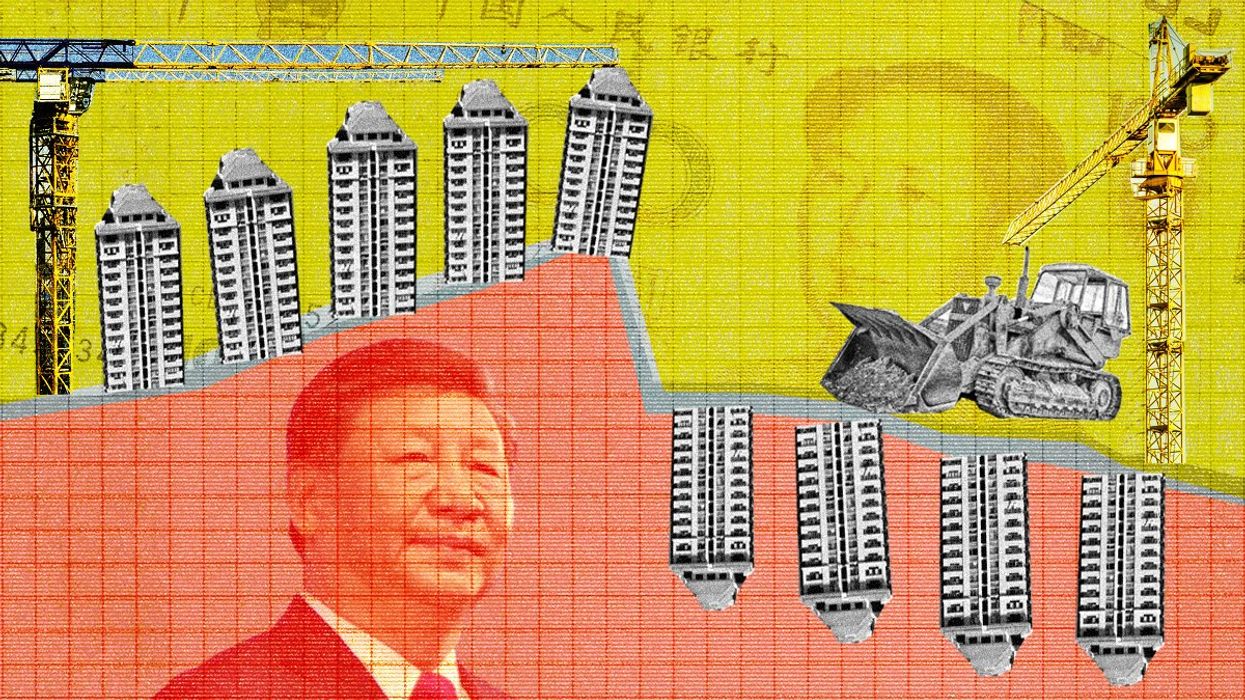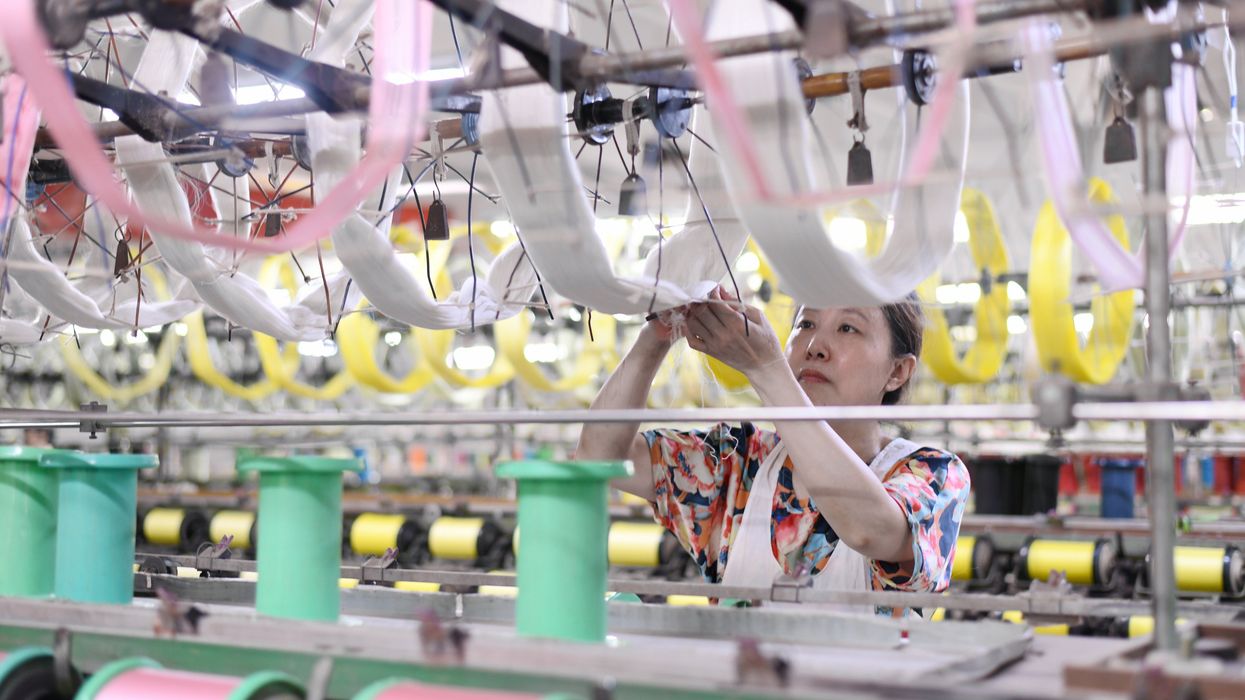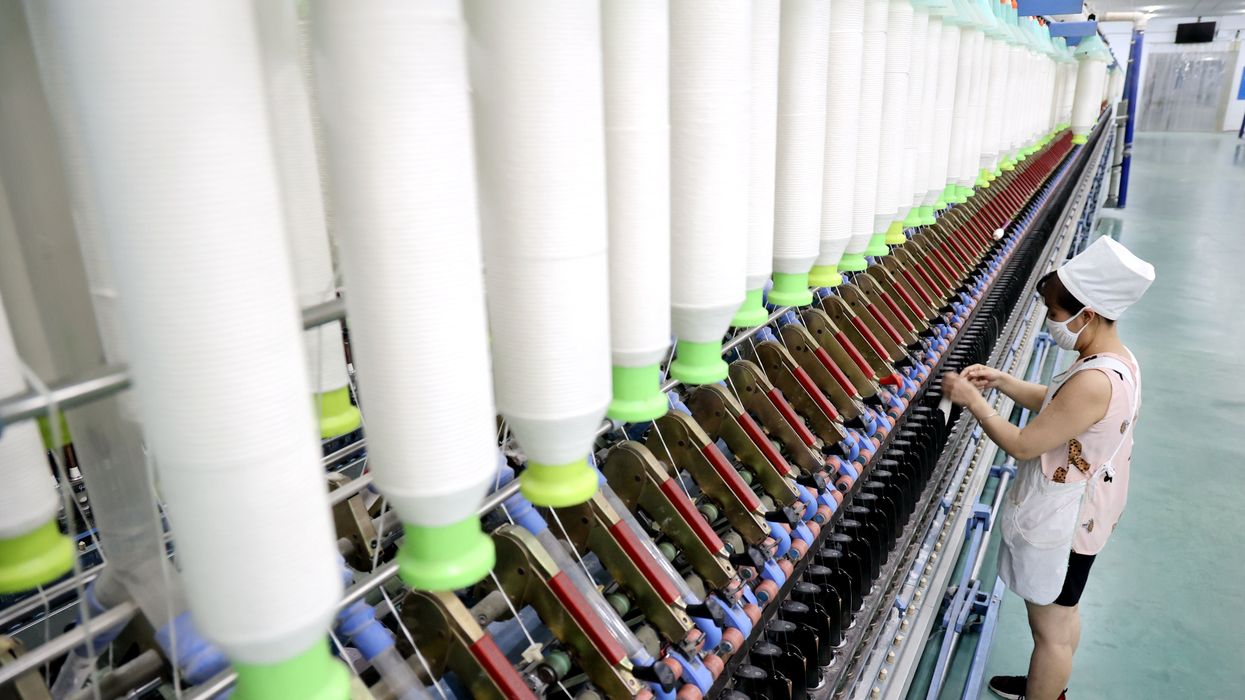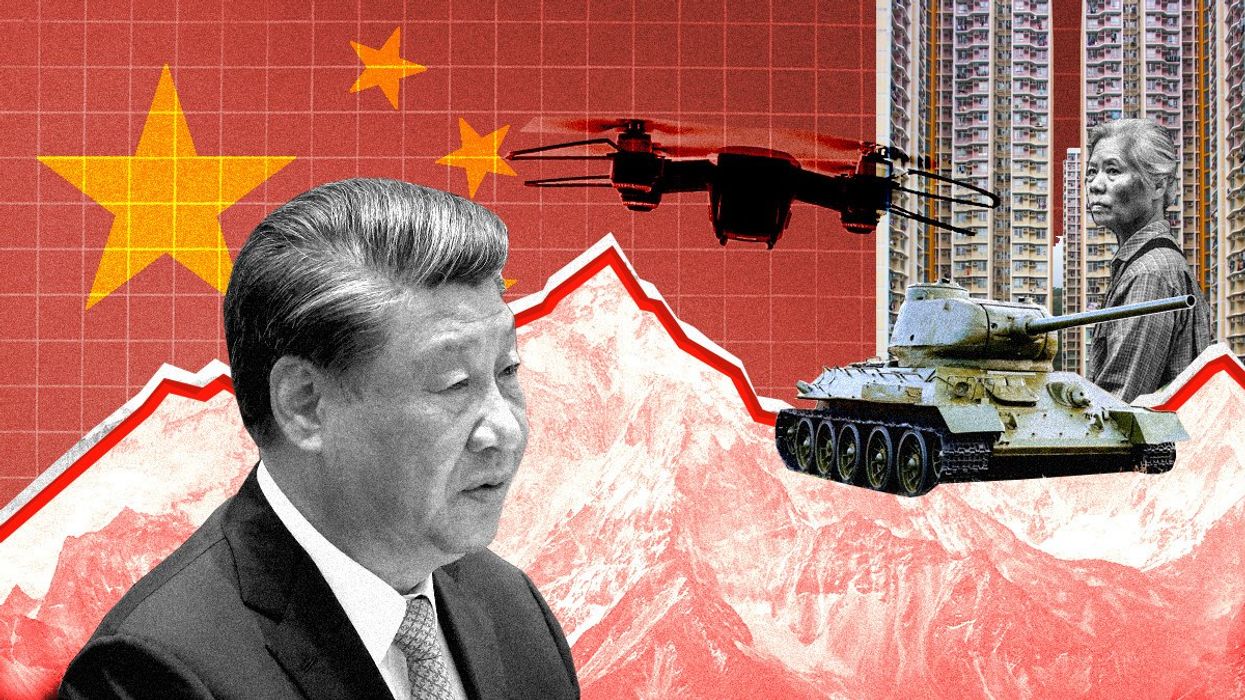by ian bremmer
China’s economic woes, explained
After forty years of extraordinary growth, China’s economy may be entering an era of stagnation. So how did we get here, and how is this going to end?
Sep 13, 2023




